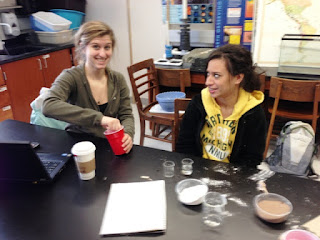How Can We Teach Critical Thinking? ERIC Digest.
The need to teach higher order thinking skills is not a recent one. Education pundits have called for renewed interest in problem solving for years. As far back as 1967, Raths, Jonas, Rothstein and Wassermann (1967) decried the lack of emphasis on thinking in the schools. They noted that "...memorization, drill, homework, the three Rs [and the] quiet classroom" were rewarded, while "...inquiry, reflection [and] the consideration of alternatives [were] frowned upon."
That students are lagging in problem-solving and thinking skills is apparent at all levels of education. However, critical thinking courses and texts, in particular, may result in fragmentation of thinking skills. Thinking cannot be divorced from content; in fact, thinking is a way of learning content (Raths and others, 1967). In every course, and especially in content subjects, students should be taught to think logically, analyze and compare, question and evaluate. Skills taught in isolation do little more than prepare students for tests of isolated skills (Spache and Spache, 1986). The same criticism may be made with regard to commercial thinking skills materials. However, when such materials are integrated with content, they may become effective tools for attacking real issues.
Classification as a Process Skill
















































